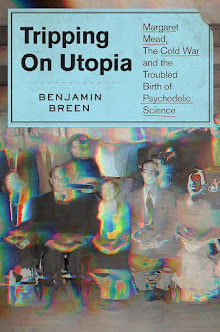An illustration from John Bulwer's treatise on hand gestures, Chirologia.
Bulwer's first work (featuring a typically prolix early modern title) was Chirologia: or the naturall language of the hand. Composed of the speaking motions, and discoursing gestures thereof. Whereunto is added Chironomia: or, the art of manuall rhetoricke. Consisting of the naturall expressions, digested by art in the hand, as the chiefest instrument of eloquence (London: Thomas Harper, 1644).
In this work Bulwer seems to have been inspired by Francis Bacon's characterization of hand gestures as "manual hieroglyphics," as well as by a more general fascination with universal languages, translation and communication that pervaded English learned discourse in the Civil War and Restoration periods (see especially John Wilkins' contemporary work toward a "Philosophical Language"). Hand gestures, Bulwer wrote,
being the only speech that is natural to Man... may well be called the Tongue and General language of Human Nature, which, without teaching, men in all regions of the habitable world doe at the first sight most easily understand.The overarching aim of this work, however, was made clear by his second book, which explicitly dealt with the education of the deaf:
* Thank you to Warren Stewart for this correction.
Next Bulwer published Pathomyatomia, one of the first works to study the action of the muscles of the face in producing expressions (presaging the rather gruesome electrical experiments of nineteenth century French neurologist Duchenne de Buologne).
Bulwer's final published work features what may be my favorite book title of all time: Anthropometamorphosis: Man Transform’d, or the Artificial Changeling. Historically presented, in the mad and cruel Gallantry, foolish Bravery, ridiculous Beauty, filthy Fineness, and loathesome Loveliness of most Nations, fashioning & altering their Bodies from the Mould intended by Nature. With a Vindication of the Regular Beauty and Honesty of Nature, and an Appendix of the Pedigree of the English Gallant. (London: J. Hardesty, 1650). This fascinating book is something I'll write about at a later date [April 2012 update: see here] since I suspect it will find its way into my dissertation research. For now, I present an image from it which indicates something of the book's bizarre character:
| Juan Pablo Bonet's Reducción de las letras y arte para enseñar a hablar a los mudos (1620). |
I couldn't find any publicly available works by Bulwer online, but Chirologia or The Natural Language of the Hand is available in a 2003 reprint edition. However, thanks to the Bilblioteca Digital Hispánica, Bonet's Reducción has been scanned and made public here.
is available in a 2003 reprint edition. However, thanks to the Bilblioteca Digital Hispánica, Bonet's Reducción has been scanned and made public here.


.jpg)




No comments:
Post a Comment